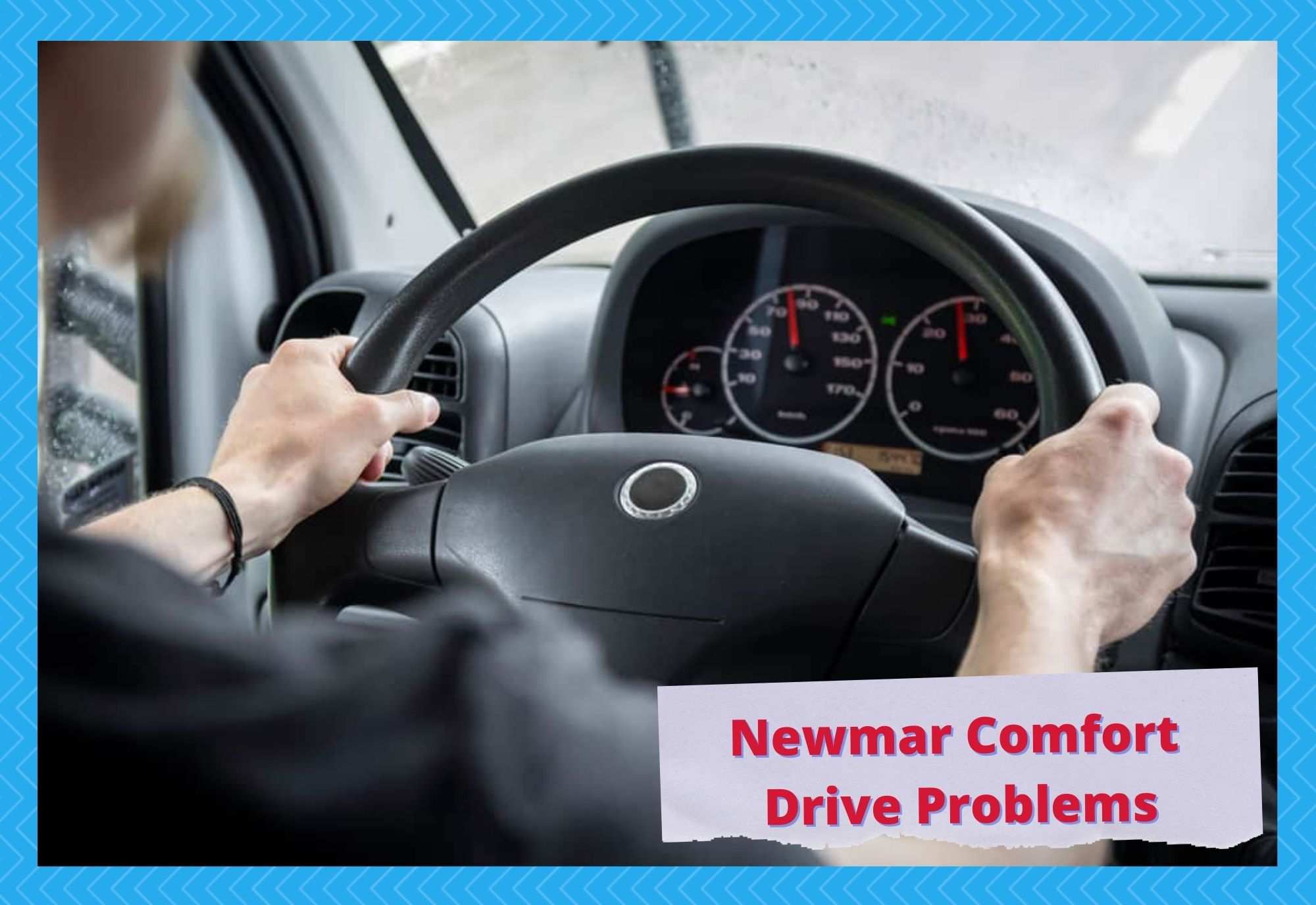
How do you travel? Do you commute like most tourists? Or maybe you find road-tripping more fun. While taking a bus or a plane to your destination seems less stressful, it takes a massive chunk off the adventure you could enjoy if you travel in your own vehicle.
Road-tripping is a better way of traveling because it allows you to visit more places and make exciting encounters at every stop and detour.
Road-tripping is particularly enjoyable when you’re driving a recreational vehicle. Not only is this rig complete with amenities—bathroom, bedroom, kitchen, and dining area—but it’s also built for long drives and rugged terrains, so you can go almost anywhere you want and camp out for as long as you like, provided you have enough supplies.
The problem with RVs, however, is that they are heavy vehicles requiring so much effort to drive. In fact, if you have yet to experience driving a large truck or don’t have a license for it, you shouldn’t drive a large RV. Or, you should consider getting special training for it.
The reason is that the conditions for driving a heavy vehicle are slightly different than when driving a standard sedan or SUV. You have to deal with three things:
- Crosswinds – This is one of the leading causes of heavy vehicle accidents. It’s the wind blowing across a vehicle’s direction of travel. Unlike smaller vehicles, trucks have a wide surface area, constantly pushing against the wind. If you fail to keep the steering wheel centered, you’ll swerve toward a ditch or the opposite
- Fatigue – Whenever you steer the wheel, your hands aren’t the only parts of your body that work. To some extent, your entire body usually exerts an effort when making sharp turns. Imagine how much effort your body needs to exert when steering a long, heavy RV on a zigzag road. Fatigue can be your most formidable enemy during a long drive in a heavy vehicle.
- Difficulty centering – You want your vehicle to steer back to the center after making a turn to reduce the necessary effort and concentration to avoid an accident. Unfortunately, older vehicle models don’t have this feature, making them vulnerable to crosswinds and poor navigation.
These issues have been the focus of most innovations on heavy vehicles for decades. Luckily, this came early in the RV industry after Newmar’s diesel and luxury models were released.
Newmar is one of the pioneers of luxury RVs in North America, manufacturing top-of-the-line luxury motorhomes and class A motorcoaches since 1968. Their latest product line features the Comfort Drive, a technology that takes fatigue off driving by automating the centering capability of the steering wheel.
What is Newmar Comfort Drive?
Comfort Drive is an intelligent steering system that comes standard on all Newmar’s diesel and luxury motorhomes. This unique technology directly adapts to a driver’s inputs to make steering as stress-free as possible while actively working to eliminate friction.
To make sense of its mechanism, think hydraulic jacks. They are designed to allow you to lift a heavy object with little effort. The Comfort Drive follows a similar principle, except it is more advanced.
This technology is generally paired with Passive Steering, which is also unique to Newmar’s newer models. Passive steering engages the far rear wheels at an angle about 15 percent tighter when you make a turn, reducing tire scrub wear.
This engagement further smoothens your steering wheel handling as it cancels out some resistance and friction.
Pros and Cons of Newmar’s Comfort Drive
Like other modern features, Newmar’s Control Drive has its share of benefits and drawbacks. Knowing this allows you to recognize its limitations and anticipate possible breakdowns that need troubleshooting. You also get to enjoy the perks of products within this price range.
Pros
- It allows you to modify resistance settings to your exact preference. If you’ve only driven an RV recently and aren’t used to hefty steering, you can activate the steering input feature to soften the steering wheel until you get the hang of it.
- It allows you to rotate your steering wheel from a dead stop fully. This is hard to do with other vehicles because all the load is transferred to the tires. Usually, some of the weight is canceled out when the RV is moving. As a result, parking and navigating tight spaces have become easier than ever.
- It has self-straightening wheels that adjust to heavy crosswinds. This is one of the nicest things about this technology. No matter how much you turn the steering wheel, it will automatically center. This helps keep your motorhome safely positioned in your lane.
Cons
The only apparent disadvantage of Newmar’s Comfort Drive is that when you get used to it, driving vehicles without this technology can be disastrous. You shouldn’t attempt to drive an older RV model if you’ve been driving one of Newmar’s luxury motorcoaches for at least a few months.
Your muscles and reflexes won’t be apt for steering and may need some time to adjust. In addition, you might find it challenging to stabilize the RV against crosswinds.
Common Newmar Comfort Drive Problems Troubleshooting
Comfort Drive isn’t immune to malfunctions. The fact that it can do what it does means it uses sensitive electronics. There’s also the steering wheel’s constant movement, which may affect the wiring and connectivity.
But you need to understand that Newmar built it anticipating most of the potential issues RV owners may encounter. This means it will take more than regular wear and tear to damage the Comfort Drive system. And if malfunctions occur, there are easy ways to troubleshoot them.
Comfort Drive’s electronic system may be complex, but it’s a single component of a more straightforward system, consisting of the steering wheel, the dial, the computer system, the fuse box, and the wires that connect them. In addition, there will be fuses to ensure power surges don’t damage the entire system.
So, if anything happens, a sudden shutoff or unexpected fluctuation, these are the sections you should check. Below are some common issues you may encounter and how to troubleshoot them.
1. Too hard to steer
Considering Comfort Drive’s primary function, this shouldn’t happen. But if it did, the first thing you should do is check if the dial is set to a higher mode. Running at around 4 or 5 will give you the same stiffness as driving without Comfort Drive.
And because you’ve been using a lighter steering mode for a long time, standard steering gives you the impression that the steering wheel is broken. So turn the dial to around 2 to steer more easily.
If the dial is set to lower steering input, the problem could come from either the computer system or the steering wheel itself. You can easily distinguish a blockage in the wheel because its turn won’t be consistent, and you might hear a screeching noise like something is being dragged or twisted.
If you figured the Comfort Drive system was broken, open the dashboard to examine its electronics. Look for unplugged or loose cables but do not attempt to remove the electronic board. Leave that to a technician.
2. Suddenly shuts off
There will be instances when Comfort Drive will suddenly die on you. It usually happens when driving too fast or going up a steep slope. You’ll notice that the steering wheel becomes stiffer to turn even when running at a low steering mode. Your best course of action is to pull over but keep the engine on and reset the Comfort Drive system.
To reset the Comfort Drive system, you must turn the steering wheel all the way to the left and then to the right. Then turn it again halfway in both directions, one at a time.
But before you do this, you must engage your leveling jacks to lift the tires a few inches. This allows the tires to turn left or right as you maneuver the steering wheel. That indicates that the Comfort Drive system has re-engaged.
If that doesn’t work, another way to reset the system is to check the fuses. The fuse box will have a bunch of fuses and connectors in it, so to avoid moving the wrong fuse, check the manufacturer’s manual for the fuses intended for the Comfort Drive system. Then, you just have to replace the burnt fuses.
3. Not centering by itself
When your steering wheel is off-center, it’s almost always an indicator of alignment issues. However, it doesn’t necessarily have to do with the Comfort Drive.
So, you should troubleshoot your RV for that issue first. If there’s no issue with the alignment, that’s the time you should check for Comfort Drive malfunction, although even at this point, the steering wheel might be the only one acting up.
Consider resetting the system using the same method when the Control Drive shuts off. That should fix the problem and get your rig ready to move again. If it doesn’t fix the problem, call it in.
Ask for troubleshooting advice from Newmar’s technicians over the phone, and if that doesn’t work, have it looked at by a mechanic at a dealership or workshop.
Conclusion
Newmar’s Control Drive is a revolutionary car feature that will forever change RV’s history. It’s scalable and evolving, too, so you can expect significant improvements in the next couple of decades.
As for the issues, they are typical for any new technology and will eventually disappear as it develops. What matters is you know how to troubleshoot issues to make the most of this feature.

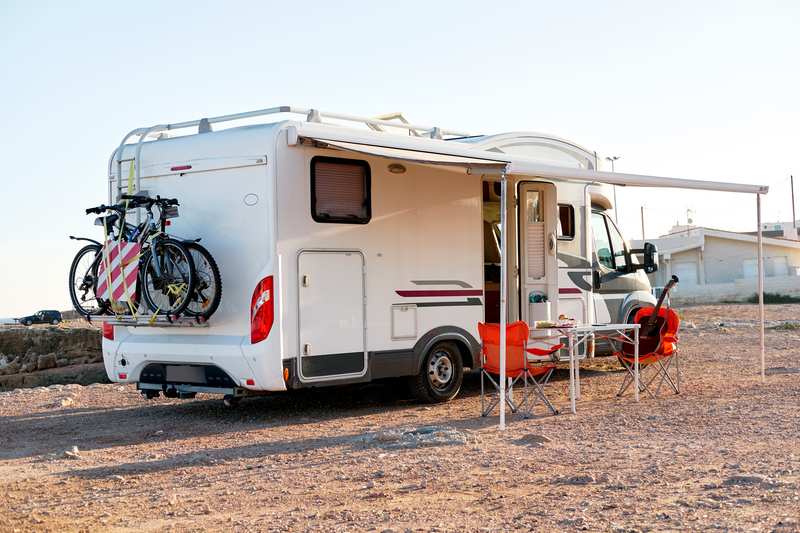
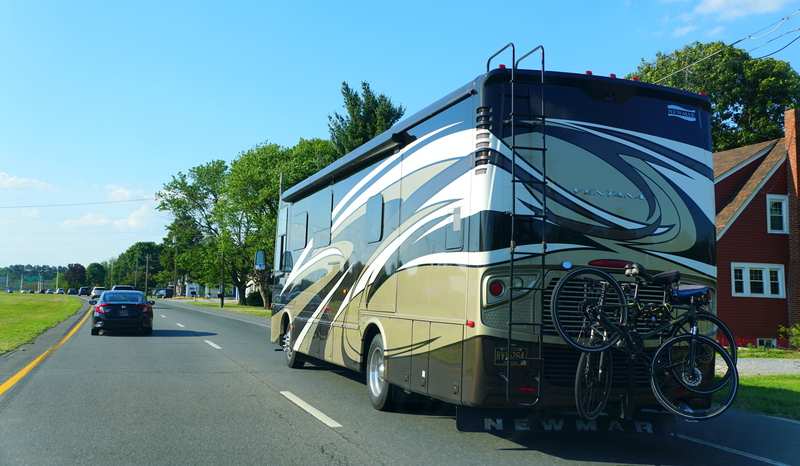
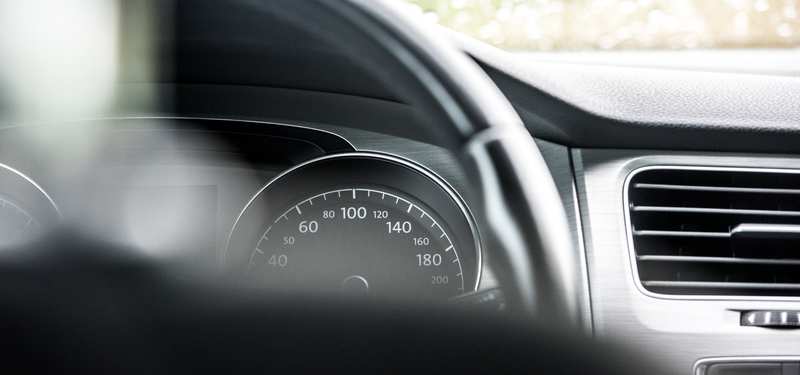

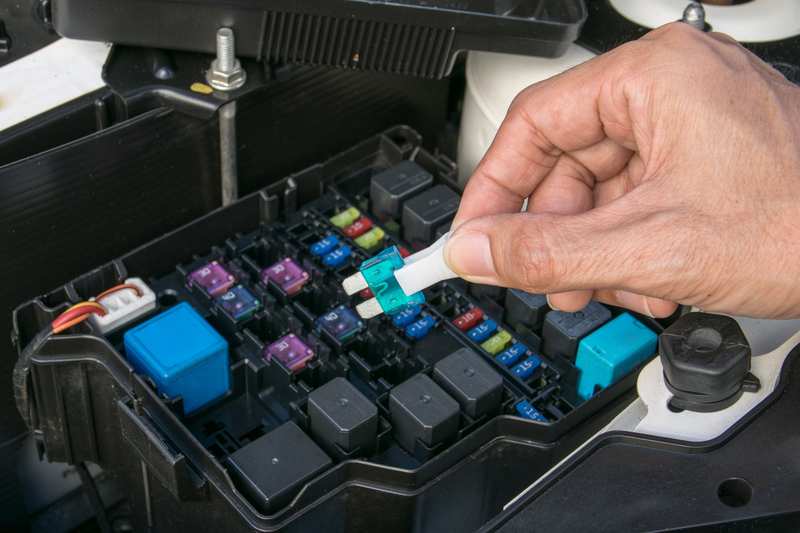


I can’t seem to find an under das plug. Of course if I knew what I was looking for it would probably ! LOL